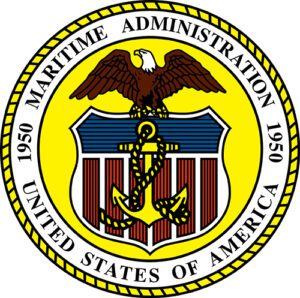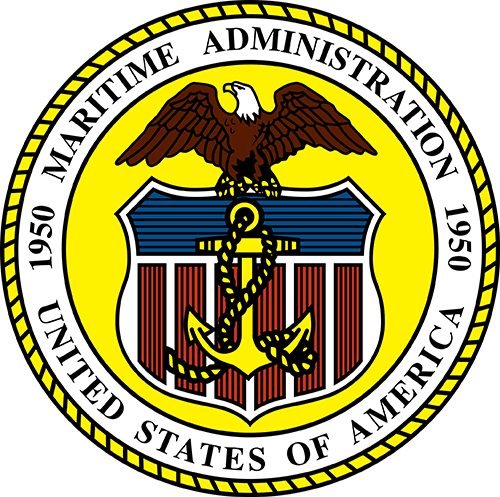
California, Oregon and Washington have received a total of $9.6 million in grant funding from the federal government for a number of marine highway projects, the Maritime Administration (MARAD) announced Oct. 6.
The funding is to help expand marine highway services on our nation’s navigable waterways to reduce congestion, alleviate supply chain bottlenecks and move goods more quickly from ships to shelves, MARAD said.
Two West Coast projects are receiving funding. They are:
- M-5 Coastal Connector, which was awarded $5,550,000. The America’s Marine Highway Grant funds will go toward infrastructure upgrades at the Port of San Diego that will be deployed to handle cargo on the proposed service.
The West Coast M-5 Coastal Connector service will use a barge to move building materials, including lumber, as well as containers and general cargo along a U.S. West Coast north/south route to strengthen supply chain resiliency and help address regional supply chain delays.
- Tidewater M-84 Barge Service Expansion, which was awarded $4,168,759.
The grant funds will go toward the purchase of an electric dock crane at the Port of Vancouver, Wash.
The equipment would be to help meet the demand for additional barge shipments of municipal solid waste and other waste through the Columbia River Marine Highway.
“This equipment,” MARAD said in a statement, “will expand (grant recipient Tidewater Barge Lines’) ability to load, unload, and barge containerized shipments while using the latest electric and low emission technology to achieve significant emissions reductions.
“America’s Marine Highway Program is an innovative program that encourages the use of America’s navigable waterways for the movement of freight and people, reducing congestion on land-based transportation,” Maritime Administrator Ann Phillips said. “The funding announced … advances our ongoing efforts to help new marine highway services begin operation and to improve existing services.”

